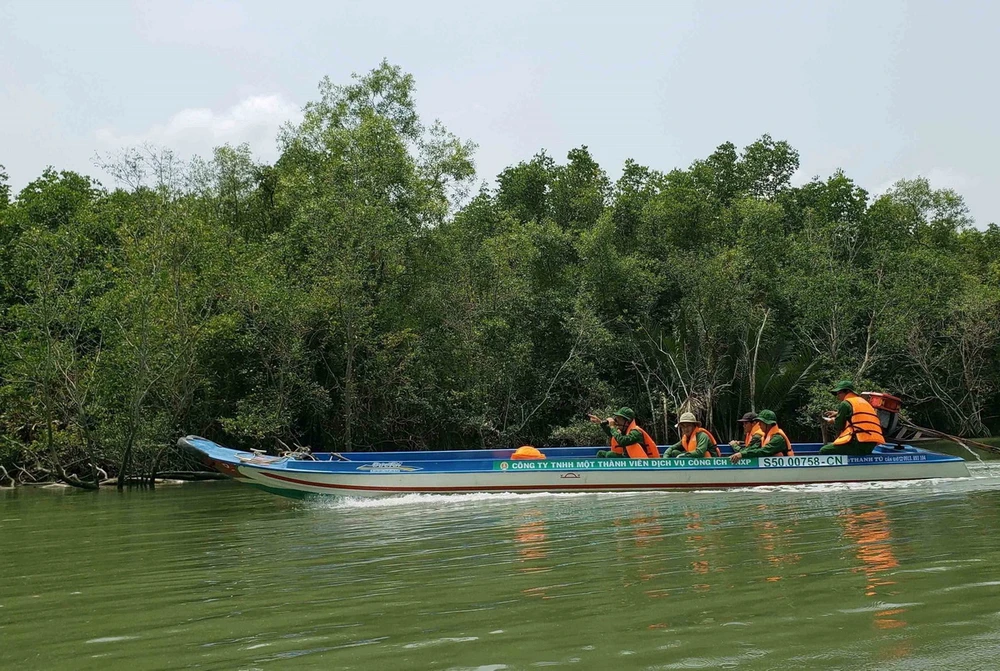
By 2030, Can Gio district (Ho Chi Minh City) will basically become a high-quality resort and eco- tourism city, capable of competing at the regional level.
This is one of the main contents of the Plan to implement the strategy for sustainable exploitation and use of resources and protection of the marine and island environment until 2030, with a vision to 2050 in Ho Chi Minh City, which has just been signed and issued by Vice Chairman of Ho Chi Minh City People's Committee Bui Xuan Cuong.
According to the plan, from now until 2030, Ho Chi Minh City will prioritize the development of tourism and marine services; port and maritime economy ; coastal urban area development; aquaculture and seafood exploitation; exploitation of marine energy, renewable energy and new marine economic sectors; and improvement of community life and livelihoods.
By 2050, marine and island resources will be exploited reasonably and used effectively to turn Can Gio district into a strong marine locality on the basis of green growth, preserved marine biodiversity, clean marine and island environments, and society in harmony with nature.
The plan also clearly states that marine, coastal and island ecosystems must be well managed and protected, with an annual growth rate of aquaculture production of 2.2%-2.5%. Forestation in coastal areas must be carried out, coastal forest biodiversity must be protected, and environmental quality and degraded areas must be improved.
According to the Resolution of the Ho Chi Minh City Party Committee on the development orientation of Can Gio district to 2030, it is determined that by 2030, Can Gio Coastal Tourist Urban Area, Ho Chi Minh City will have a total area of 2,870 hectares in Long Hoa commune and Can Thanh town (Can Gio district), with a total investment of more than 217,000 billion VND; built next to the mangrove forest area and natural conditions to develop into an international-class tourist and resort urban area.
Can Gio International Transit Port, planned to be located at Phu Loi Islet at the mouth of Cai Mep-Thi Vai River, Can Gio District, has a depth of about 14m, ensuring the successful reception of ships with a tonnage of over 232,000 tons (equivalent to a carrying capacity of 24,188 teus) with reduced load.
The port is designed to accommodate mother ships up to 250,000 tons (equivalent to a capacity of 24,000 teus). The total port area is about 571 hectares and the water surface area is about 477.63 hectares with a capacity of about 16.9 million teus.
The total investment for the project is about more than 5 billion USD (equivalent to 128,000 billion VND) and is divided into 7 phases. Of which, phase 1 is expected to be exploited in 2027 and completed in 2045.
According to the research project, after coming into operation and reaching its designed capacity, Can Gio International Transit Port will contribute to the State budget about 34,000-40,000 billion VND/year, creating 6,000-8,000 jobs.
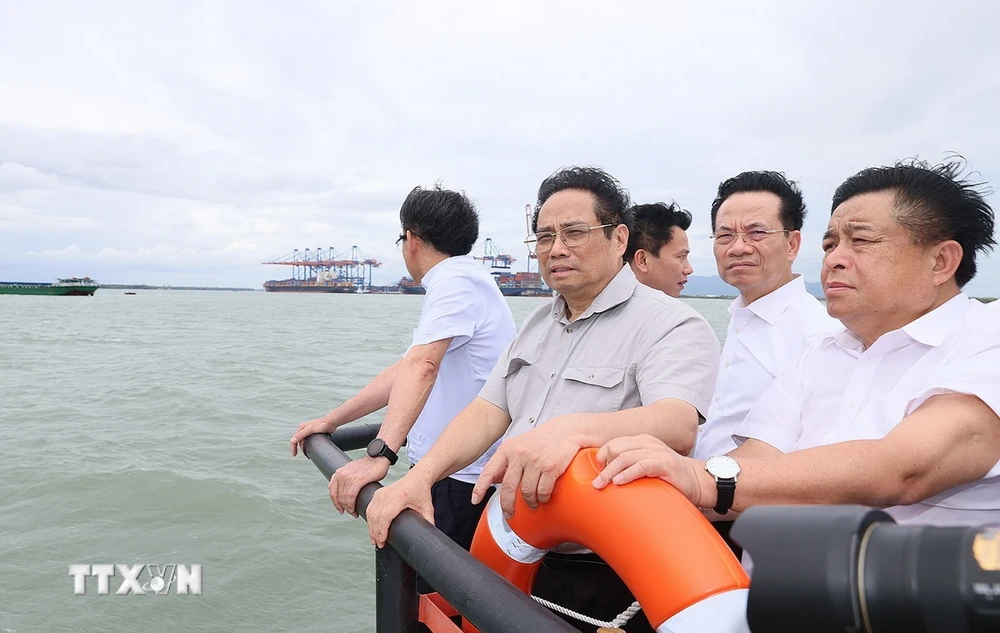
During the survey trip to Can Gio International Transit Port and Can Gio Sea Reclamation Urban Area Project, Ho Chi Minh City in July 2023, Prime Minister Pham Minh requested Ho Chi Minh City to urgently develop a development plan for the City; supplement and complete the development plan for Can Gio district with a new mindset, placed within the overall planning of the City.
"With the mangrove ecosystem and Can Gio biosphere reserve, Ho Chi Minh City must plan to build Can Gio into a city in the forest," the Prime Minister emphasized.
The Prime Minister requested that the development planning of Can Gio district in general and Can Gio Coastal Urban Area in particular must clear, overcome and support, reduce pressure on traffic congestion, living environment and housing for residents of the central area of Ho Chi Minh City.
In particular, Can Gio development must follow a new mindset, a new vision, carefully assessing Can Gio development in an ecological, harmonious and nature-protecting direction; planning must make maximum use of underground space, including undergrounding hard infrastructure.
Regarding Can Gio International Transit Port, Prime Minister Pham Minh Chinh said that the Port has a favorable location, close to international shipping routes passing through the East Sea; has great potential for development, in line with the goal of making Vietnam a maritime and logistics hub in the region.
The Prime Minister requested that relevant ministries, branches and units promote the research process and develop projects in line with the overall planning for Vietnam's seaport development; socio-economic development in the Southeast region and the whole country; assess competitiveness with ports in the region such as in Singapore, Malaysia...; organize a thorough assessment of the environmental impact of the project; build connecting transport infrastructure...
Along with that, proactively train human resources and necessary factors to be ready to operate the port in a smart direction, promote automation, manage operations using digital technology, modern administration, build green ports, clean ports, do not cause environmental pollution; ensure harmony between the State, people, and businesses.
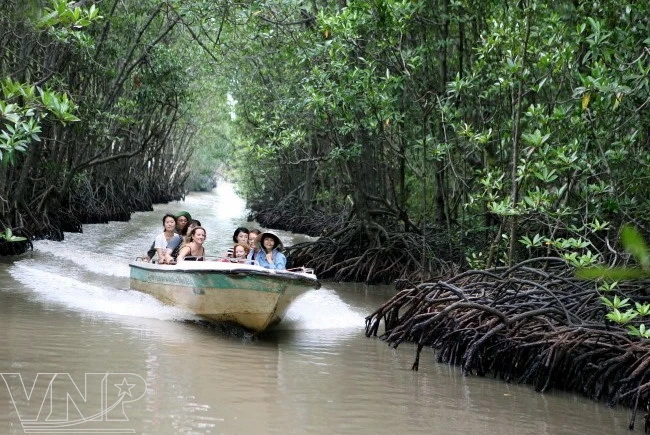
Located nearly 40km from the center of Ho Chi Minh City, Can Gio World Biosphere Reserve has a total area of over 75,000 hectares, of which the core zone is 4,721 hectares, the buffer zone is 41,000 hectares and the transition zone is 29,000 hectares.
This is a population of terrestrial and aquatic forest flora and fauna, formed on the vast delta of the Dong Nai, Saigon, and Dong and Tay Vam Co rivers.
Before the war, Can Gio was a mangrove forest with a rich flora and fauna, but this place was destroyed by bombs and toxic chemicals during the national resistance war.
By 1978, when it was merged into Ho Chi Minh City, the Ho Chi Minh City People's Committee had taken practical actions to regenerate forests. The reforestation mission revived up to 31,000 hectares of trees and nature.
The event of Can Gio being recognized by UNESCO's Man and the Biosphere Program - MAB as the first Biosphere Reserve of Vietnam in the world network of Biosphere Reserves in 2000 truly recognized the great contributions and efforts of the Ho Chi Minh City youth volunteer force and the people of Can Gio.
According to the synthesis results of the Southern Institute of Ecology, the flora of Can Gio mangrove forest recorded 296 species and groups of mangrove plants. Can Gio mangrove forest is also home to many rare species of flora and fauna listed in the Vietnam Red Book.
With a diverse, unique and rich flora and fauna, typical of a mangrove reserve, this is an ideal location for scientific research, and at the same time a key tourist area of the country./.
Source: https://www.vietnamplus.vn/can-gio-la-thanh-pho-nghi-duong-du-lich-sinh-thai-chat-luong-cao-vao-nam-2030-post958738.vnp




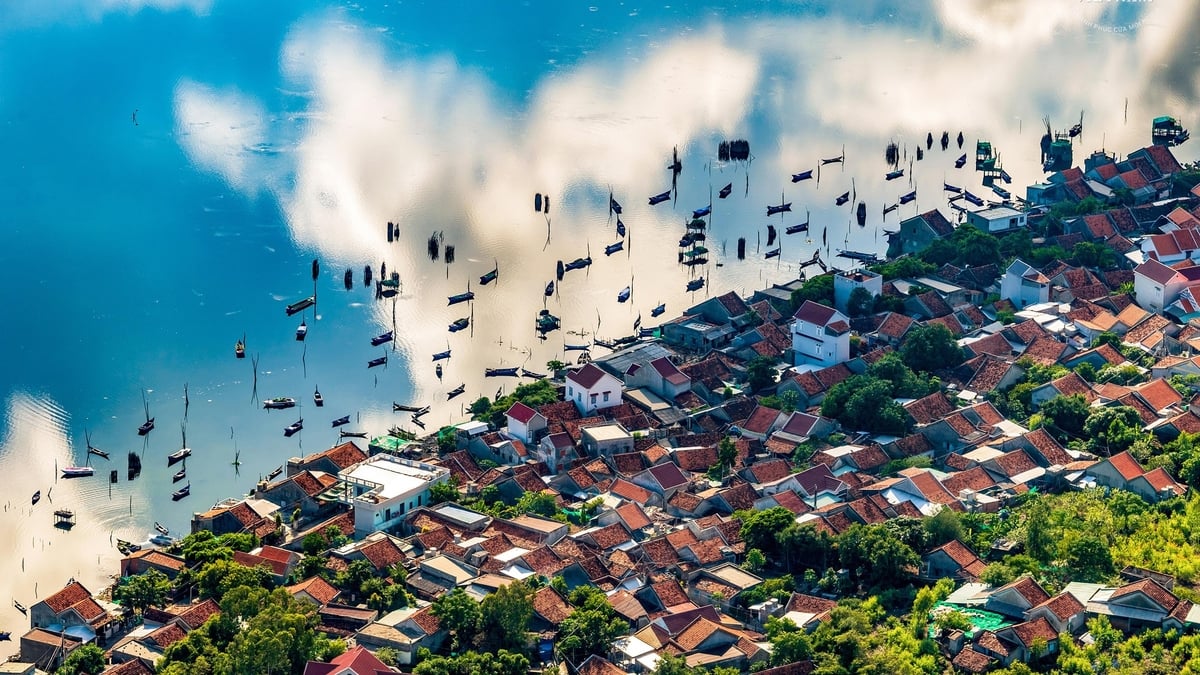

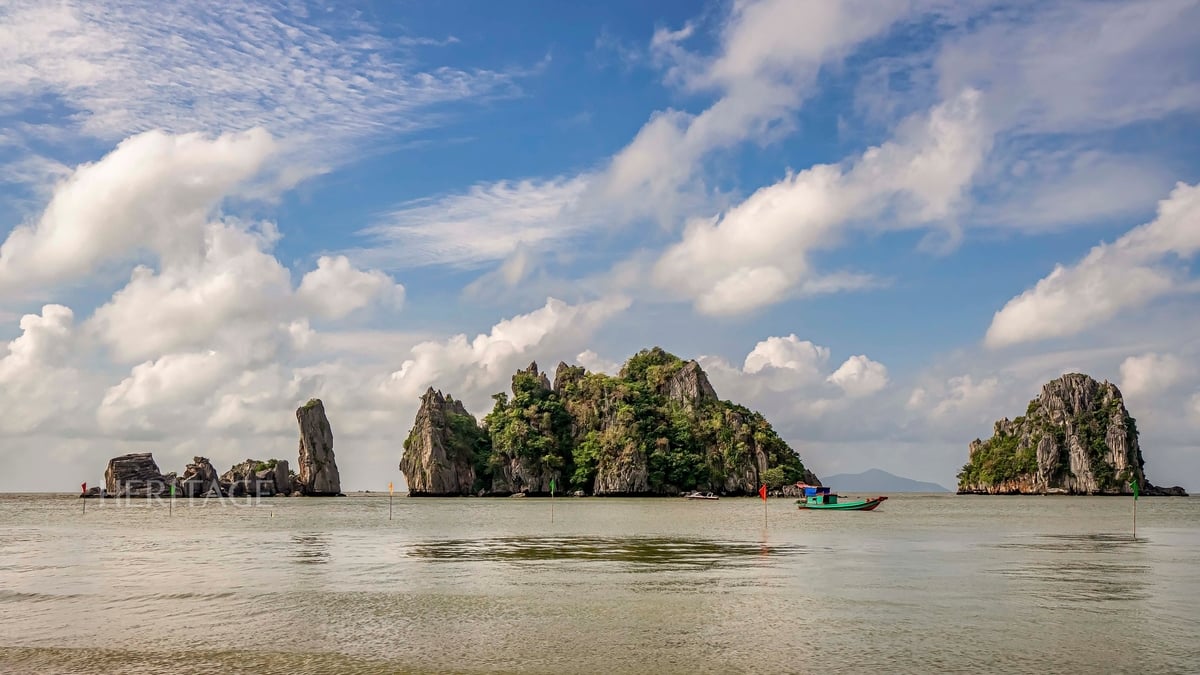



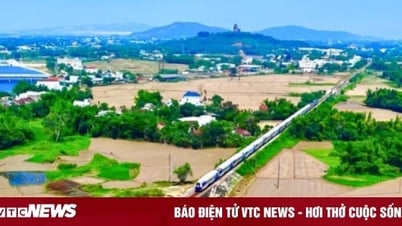

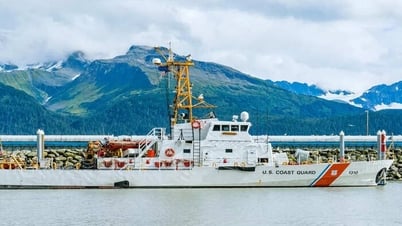
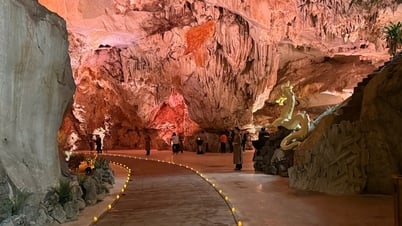

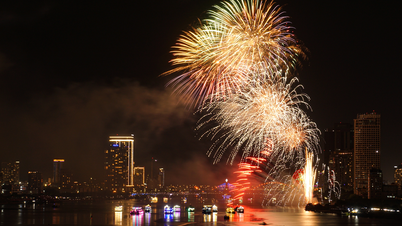




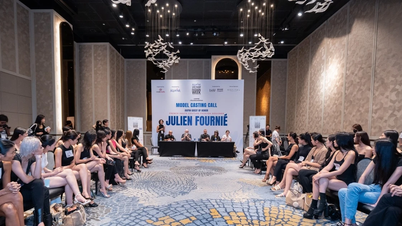
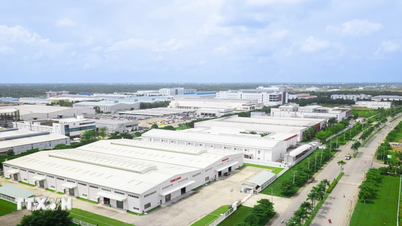
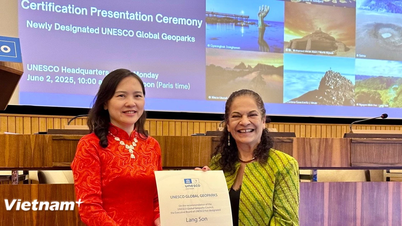


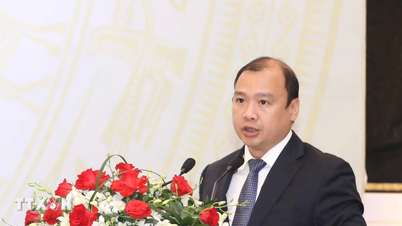
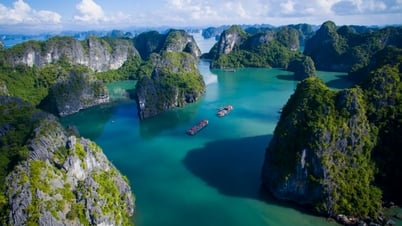

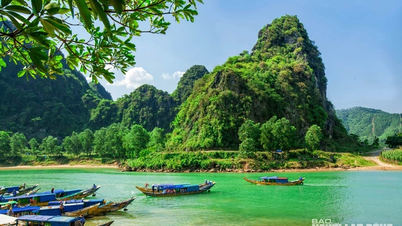








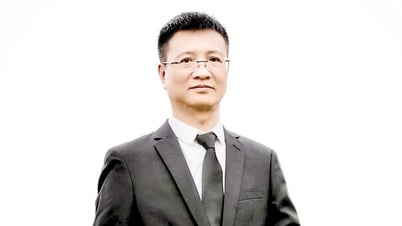



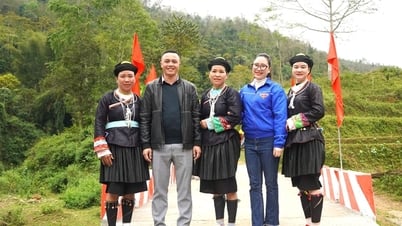

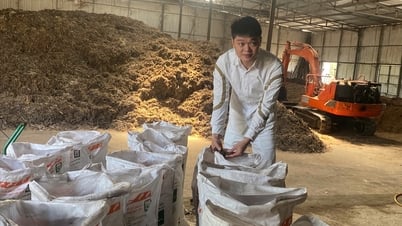




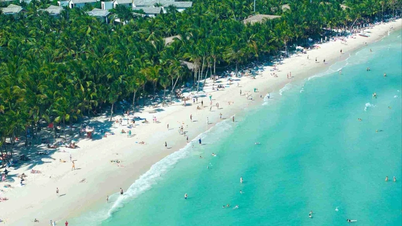





















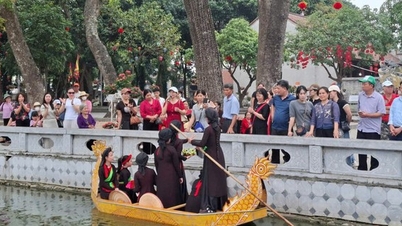
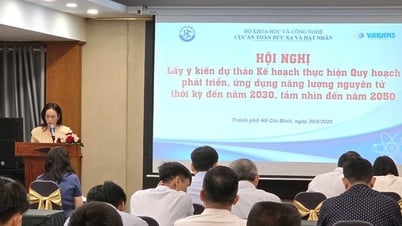








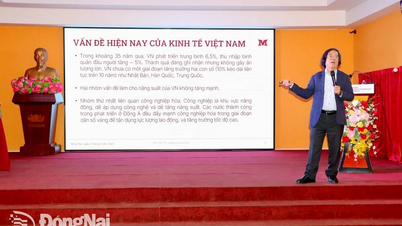










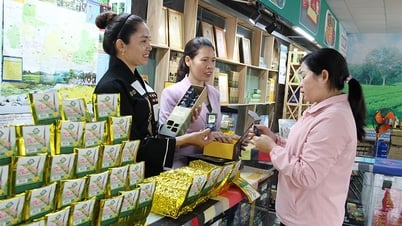


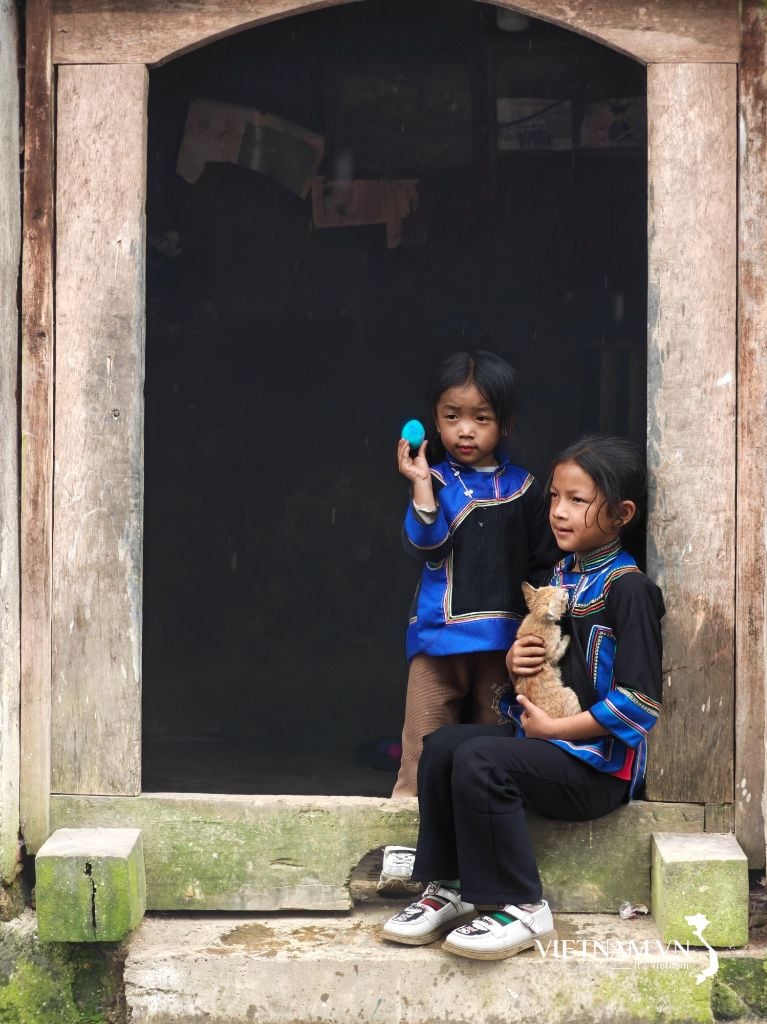

Comment (0)